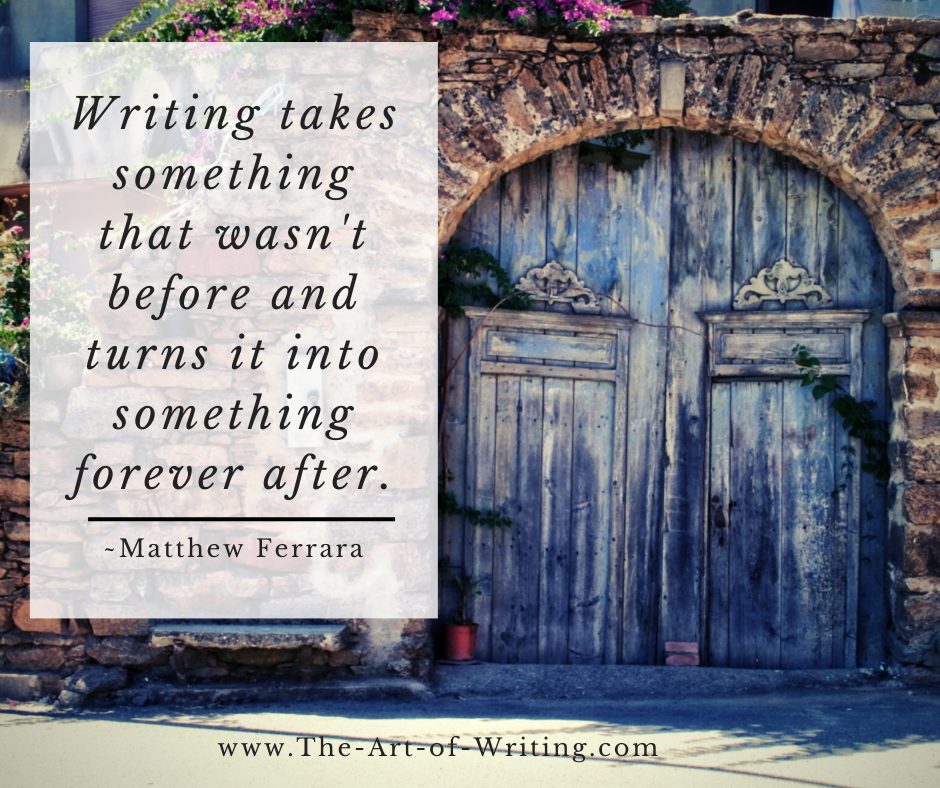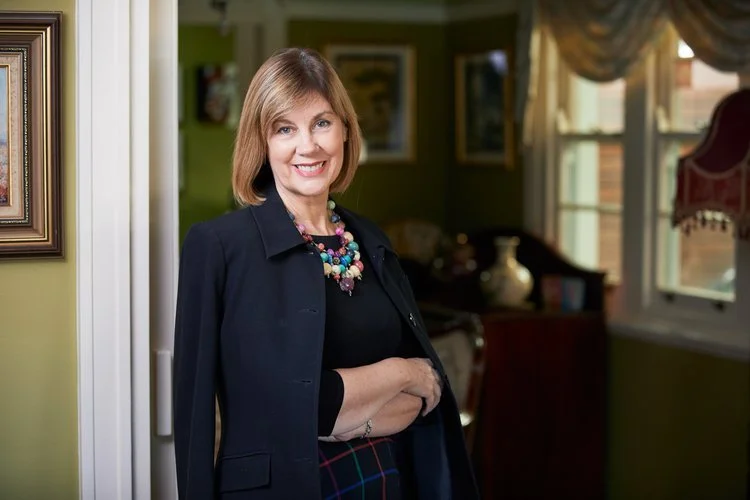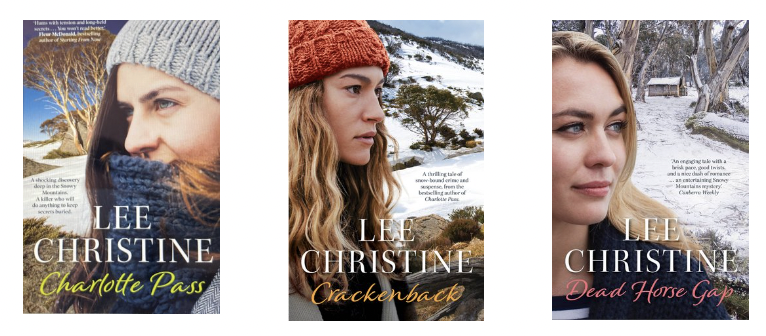The Difference Between Plot & Narrative Arc
Lisa CliffordShare
Without a doubt, the most common question during our Art of Writing 2022 workshops was, what’s the difference between plot and narrative arc?
With her thoughts on this query, it’s such a pleasure to introduce you to the newest member of the AoW tutor team, Lee Christine. Lee writes police procedurals. I wasn’t very familiar with the nature of the procedural’s pace, suspense, plot, and narrative arc. But having just started (and being unable to put down) the first in Lee’s trilogy, Charlotte Pass, I am now a convert to police procedurals.
Lee’s Charlotte Pass won the Australian Romance Readers Association award for Favourite Romantic Suspense in 2020. I can see why. The story is a wonderful mix of non-cheesy romance, great character foundation, and crime tension, wrapped into one story. It’s sharp, with a terrific sense of place because Lee’s trilogy unfolds in Australia’s Snowy Mountains. Nothing like a unique location to get your readers hooked too!
After Lee taught our June 2022 Pace class, I asked for her thoughts on the difference between plot and narrative arc. It seemed to me that a great police procedural is a perfect example to use when examining that question.
LEE CHRISTINE:
Plot refers to the individual events that make up your story, the things that actually happen to your characters and the challenges they will face. You will have contrived these events during the plotting stage of your book.
By contrast, the narrative arc is the pathway that these series of events follow, and this pathway is crucial to the pacing of your story.
I think of this first stage as the status quo, where the characters are introduced, and the setting explained. This stage is followed by an inciting incident which changes the situation and creates a new reality for your characters to face.
The third stage is where your characters work hard to achieve their goals. They can move closer to their goals during this stage but often face major setbacks.
The fourth stage is the climax, the highest point of the arc. This is the point of no return where the main character is forced to make a decision and usually risks everything to accomplish their goal. The final stage is known as the resolution or denouement. This is the wrap-up where tension is lowered, and loose ends are neatly tied up. Your character should have been transformed in some way, so they look at the world differently.
I’m very excited to welcome Lee Christine, so proud to have this wonderful writer with us by Zoom from her home. Pace with Lee will now be offered in various retreats throughout the Italian summer. Pace follows the introduction of our new class on Backstory.
To connect with Lee Christine: You can find Lee on Twitter at @leechristine59, on Facebook at @leechristine59 or visit her website at www.LeeChristine.com.au.
***
If you’d like to share any comments or thoughts, I’d be happy to hear from you. Email me directly at lisacliffordwriter@gmail.com.



